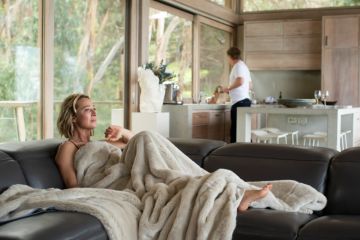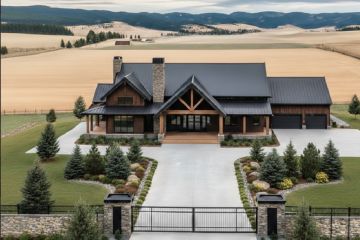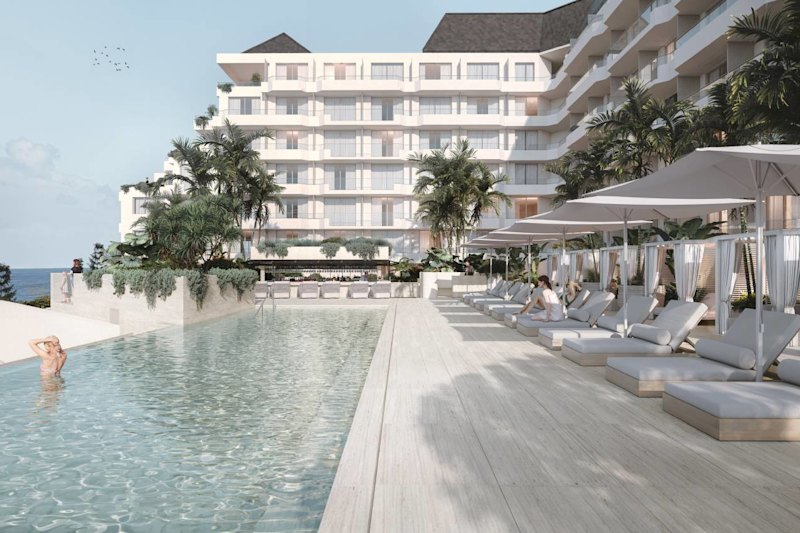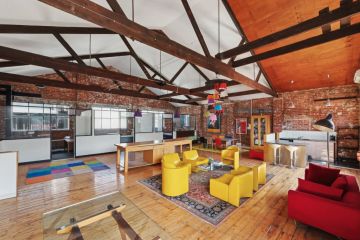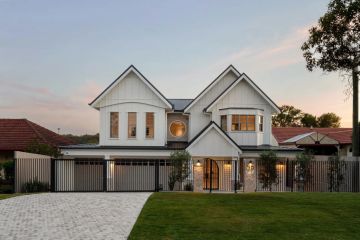Road testing the $220,000 pop-up EcoGrid home by Ecoliv Buildings
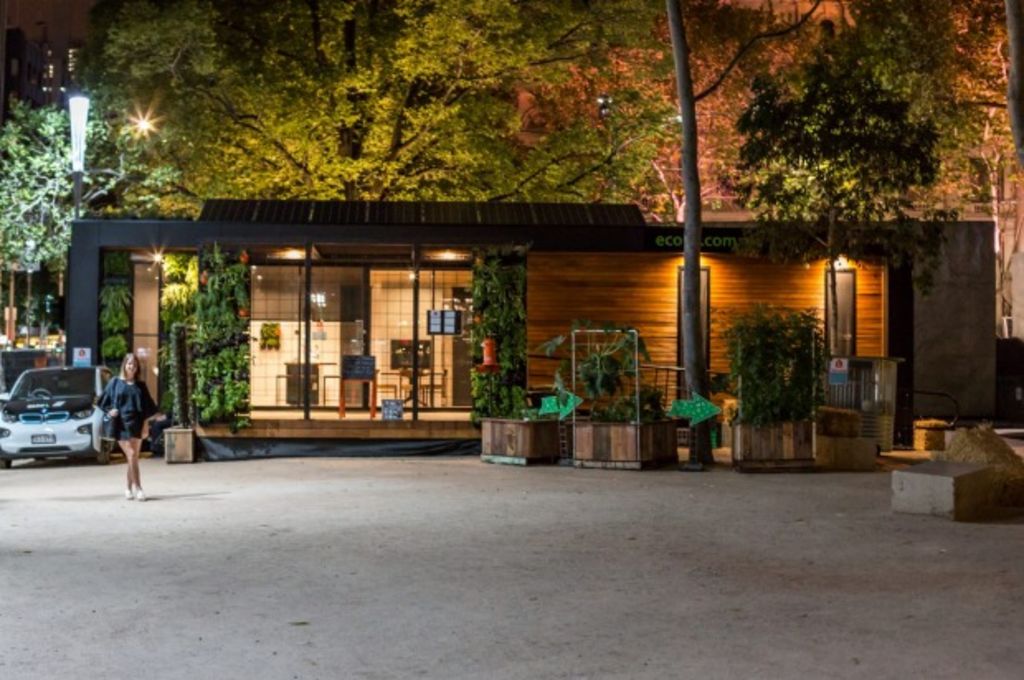
It’s one thing to live in an eco-friendly home but it’s another all together when the eco-friendly home is smack bang in the middle of the CBD.
Located at Melbourne’s City Square as part of the Sustainable Living Festival, The New Joneses’ pop-up home aims to educate visitors on how to live sustainably without compromising on style or functionality.
“We have plonked this thing in the middle of the city to inspire people how to live a beautiful life that’s good for our people and our planet,” says The New Joneses creator, Tamara DiMattina.
“We’ve all got power in our pockets, so every choice we make, from our toilet paper to our bank, we can make a better choice.”
The home’s eco-friendly status is captured in the off-grid solar-power system and battery storage, solar-powered hot water, double-glazed windows, natural timber claddings, carbon-neutral paint, recycled glass insulation, and vertical garden walls.
My partner and I recently spent a night living like The New Joneses, as the first guests of the home for the 2016 festival.
From the outside, this small prefabricated home (a home that’s been manufactured off-site in a factory) looks more like a cabin or “tiny house” than a traditional house. But things are bigger inside – the bathroom, bedroom and living area are generous, plus there’s a neatly disguised walk-in-wardrobe/pantry.
Considering the home my partner and I normally live in is a one-bedroom apartment with no balcony, this added space was a bit of a luxury. In fact, at 67.85 square metres (plus a 14.96 square metre deck), the Ecoliv home is considerably larger than an average Melbourne apartment, reported by Oliver Hume Real Estate Group as 44 square metres for a one bedroom, or 59 square metres for two bedrooms.
While the prime city location had its perks (easy access to 24-hour ramen restaurants and impromptu visits to Chinese New Year celebrations among them), there’s a reason few people live in ground-floor CBD homes.
The combination of noise from the outside trams, pedestrian traffic and my partner’s light sleeping weren’t exactly a recipe for success, resulting in a maximum four hours’ sleep that night.
Knowing there’s a constant stream of people walking past your home and peering through the windows is slightly unsettling (even with a security guard at the door), and the fear of accidentally leaving the front door unlocked becomes a constant source of anxiety.
While we didn’t get much sleep , we did findthe home comfortable and inviting, and one we could happily live in on a permanent basis. (A more private location wouldn’t go astray though, especially considering the blinds weren’t exactly opaque!)
The EcoGrid home by Ecoliv Buildings is available to buy following the festival’s conclusion for $220,000 plus GST.
Ashley Beaumont of Ecoliv says the design is attracting buyers from all over the country, including those in metro Melbourne, with the main demographic (about 50 per cent) being self-funded, semi-retired people purchasing the EcoGrid as a holiday home.
The little house has also been used as a way of extending an existing property. Buyers tend to be Australians on their third or fourth house, “certainly not first-home buyers,” Beaumont adds.
During our short time in the house we became aware of a number of sustainable initiatives we can introduce into our own home, such as a worm farm, composting system and chicken pen (although our neighbours may complain about the latter).
“If everyone thinks ‘what I do matters’, imagine the power of what we could do,” Tamara DiMattina says.
Tips to live like The New Joneses
1. Shop locally and independently. According to New Joneses, about 50 per cent of money spent in local independent shops goes back into the local economy, compared with less than 14 per cent from chain stores.
2. Choose your bank wisely. These companies play a major role in where money is invested in our economy. The New Joneses endorse Bank Australia, who don’t and never have funded fossil fuels.
3. Switch to a more environmentally friendly energy provider. The New Joneses supports Powershop, rated Australia’s most environmentally friendly company by The Green Electricity Guide.
4. Spend five minutes reading the recycling Plastics Identification Code. You may need to contact your local council to confirm what codes are recycled in your area.
5. Use natural cleaning and beauty products with recyclable packaging.
6. Buy clothing, furniture and homewares secondhand.
7. Avoid takeaway food packaging – bring your own reusable container or eat in.
8. Grow your own produce. This is possible even in apartments via a vertical garden.
We recommend
States
Capital Cities
Capital Cities - Rentals
Popular Areas
Allhomes
More
